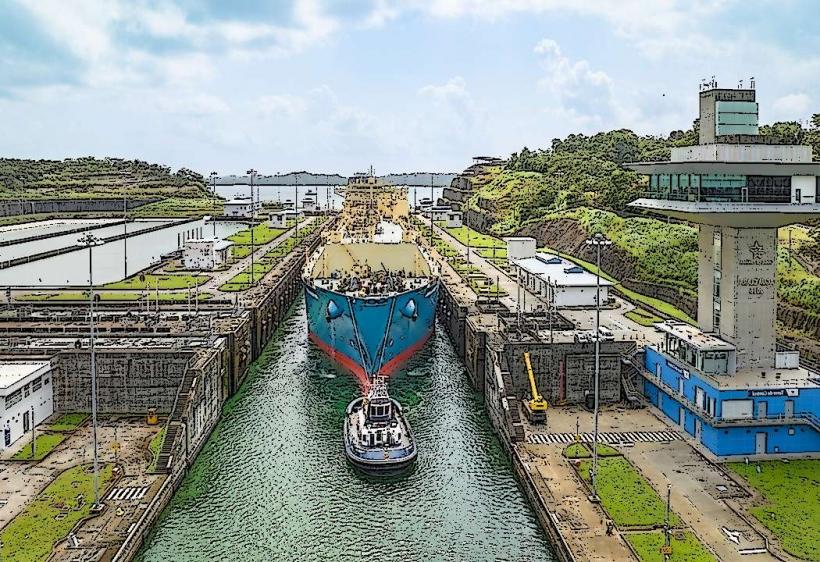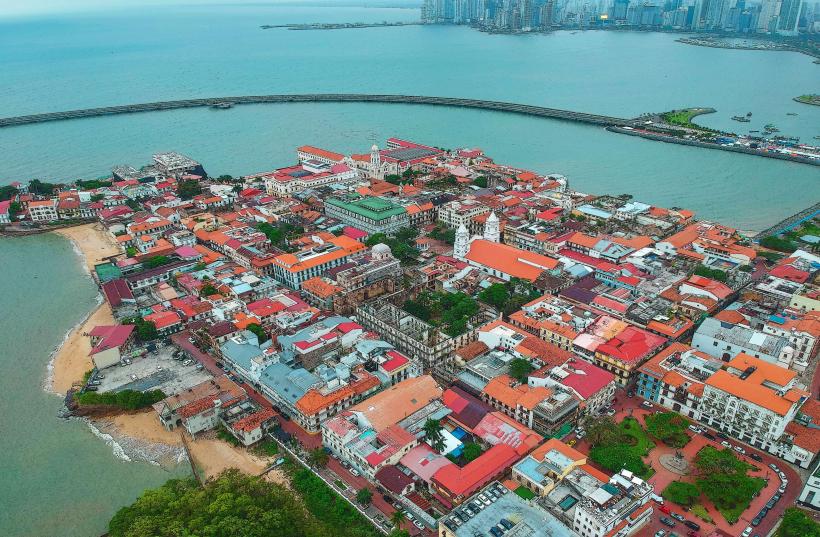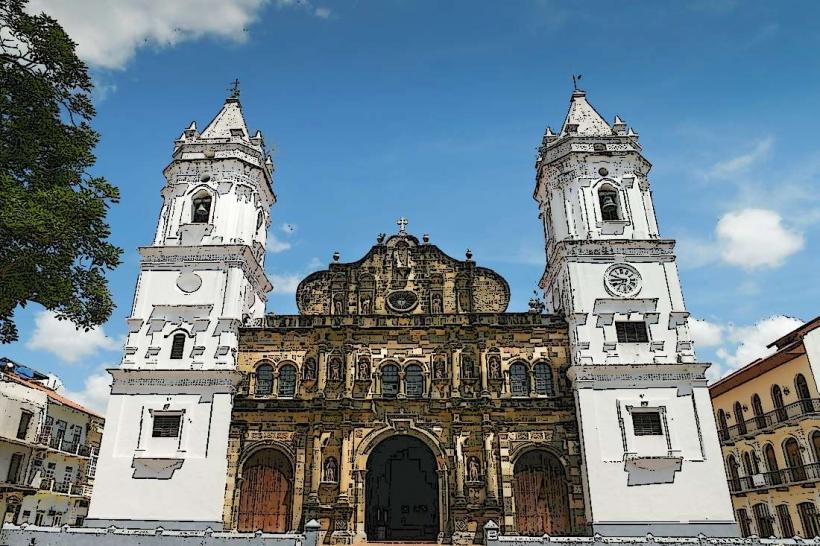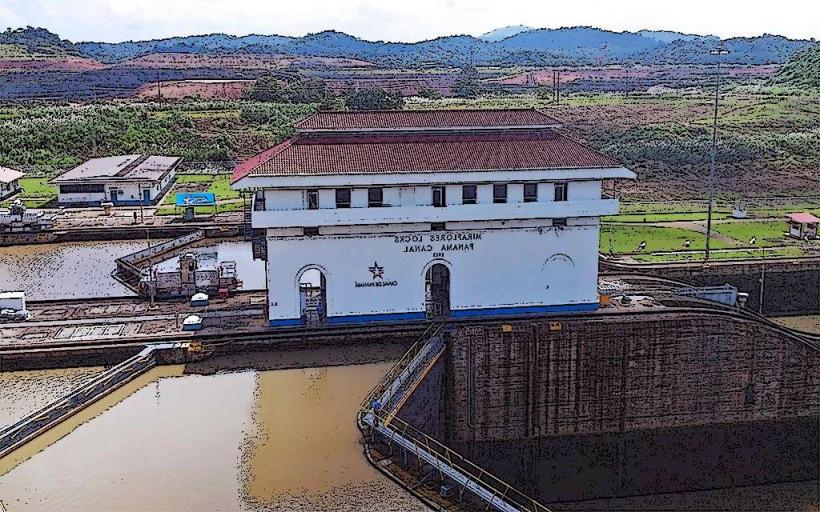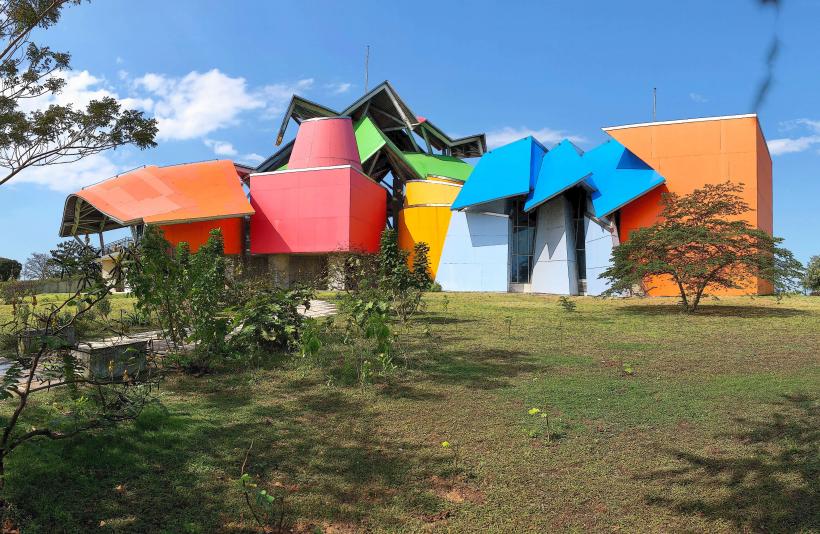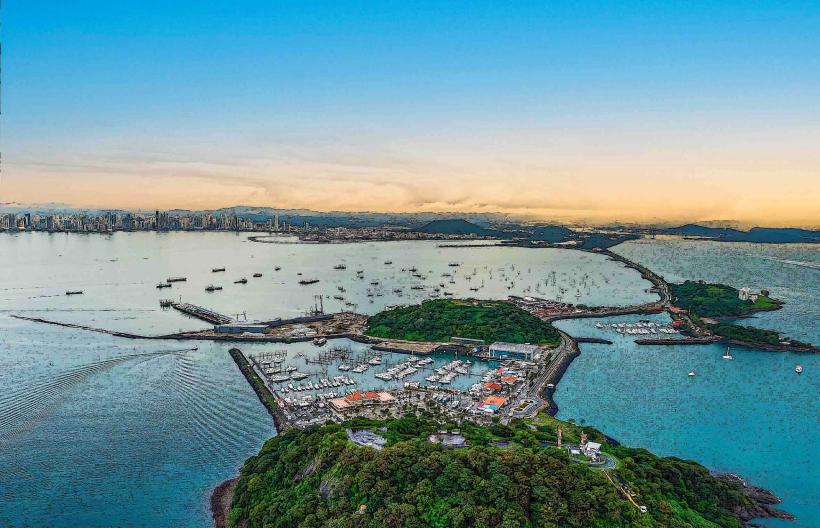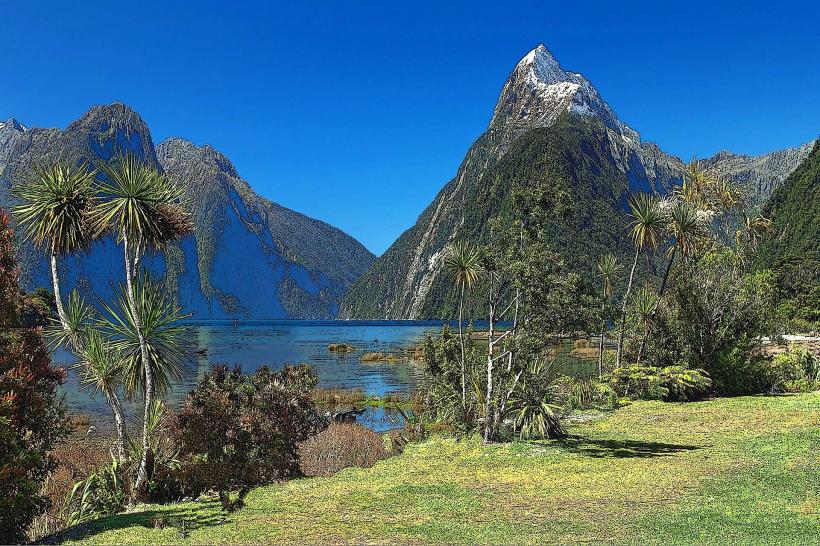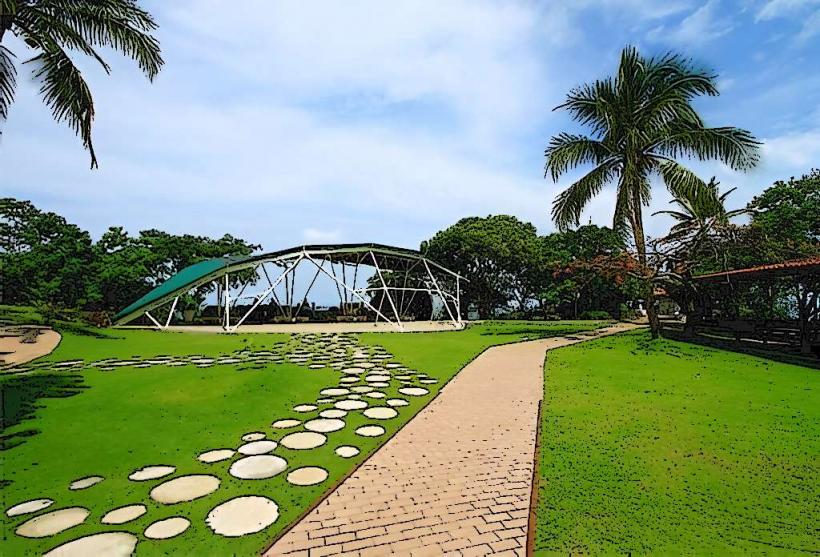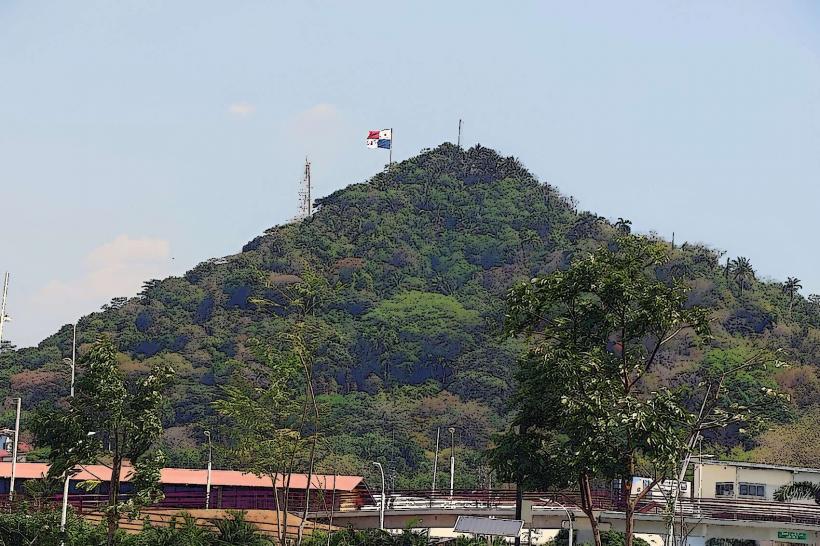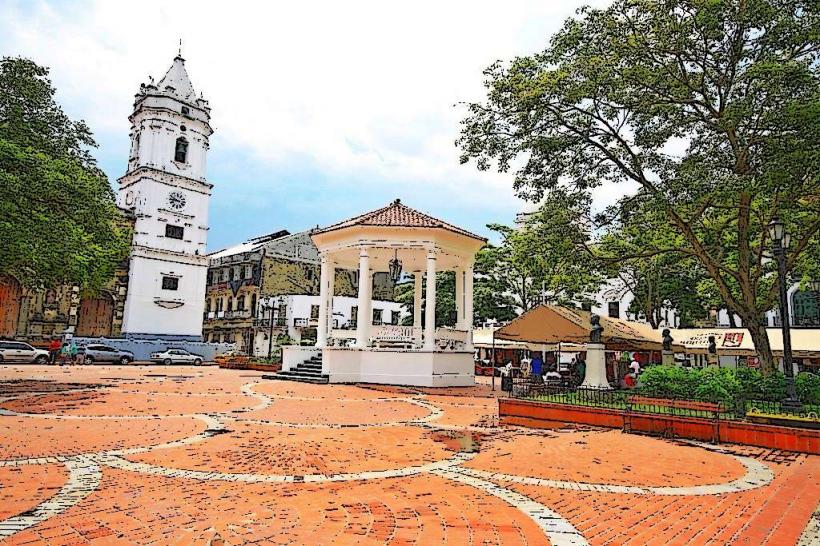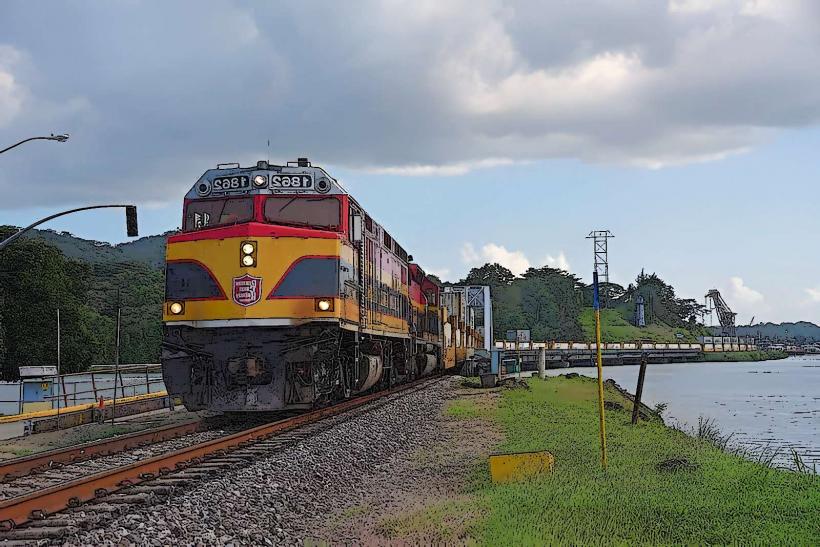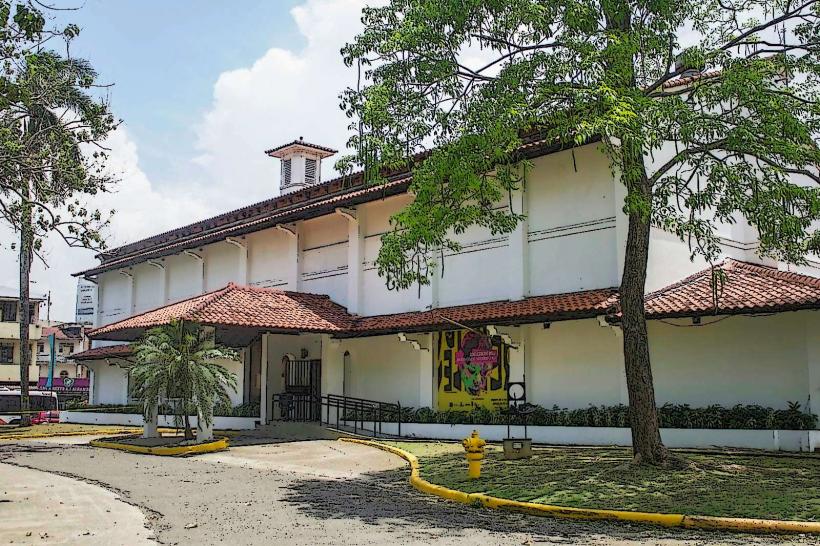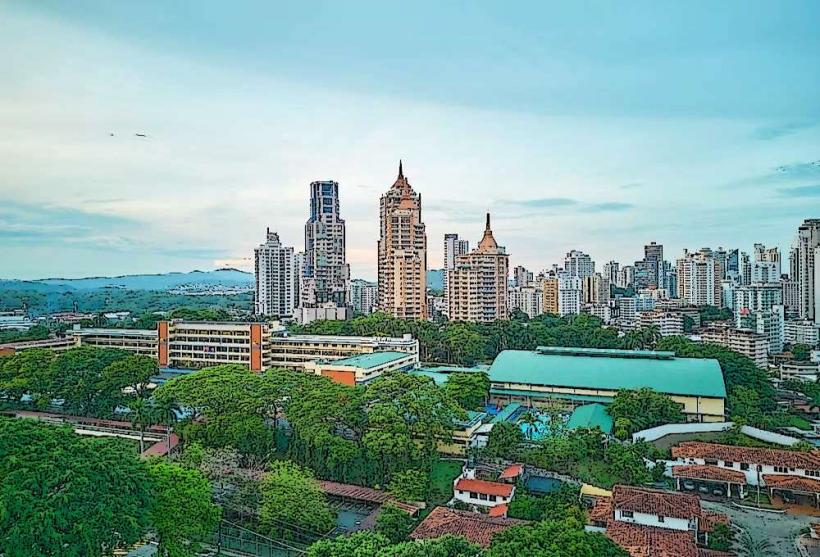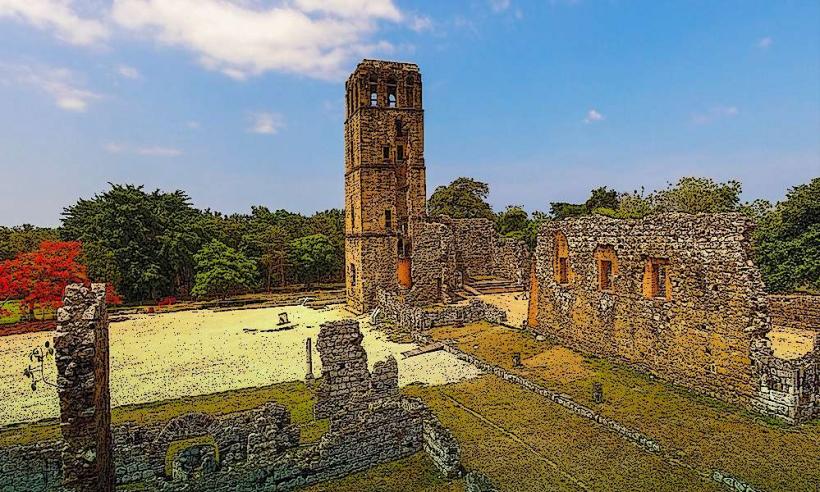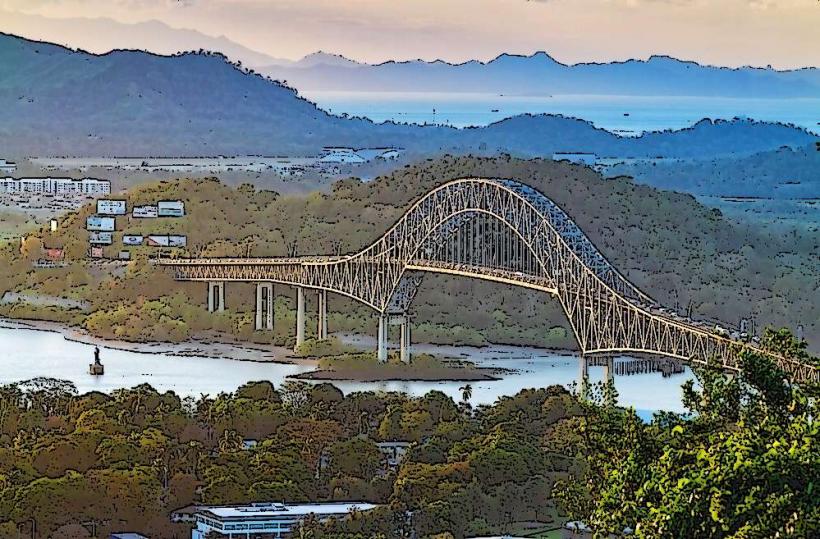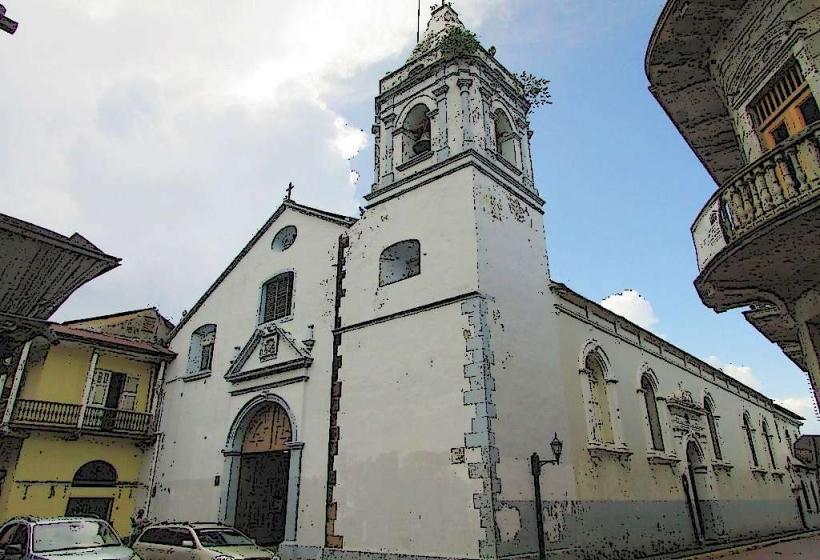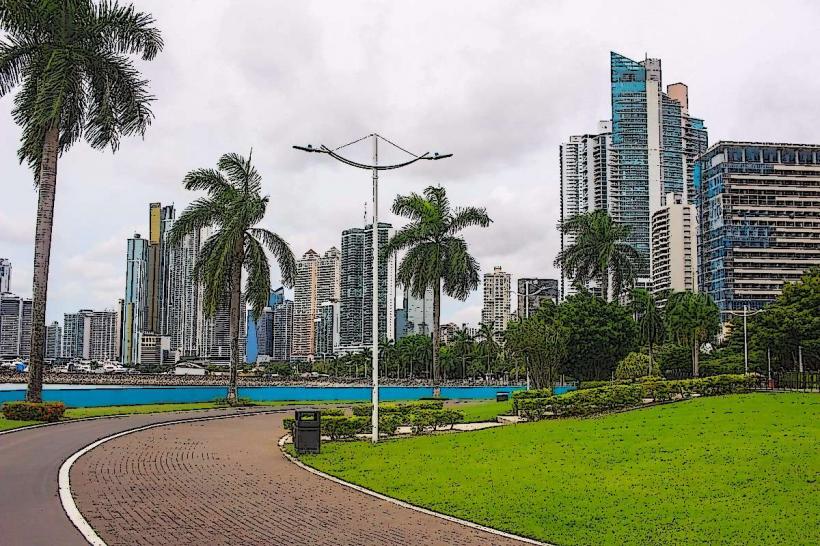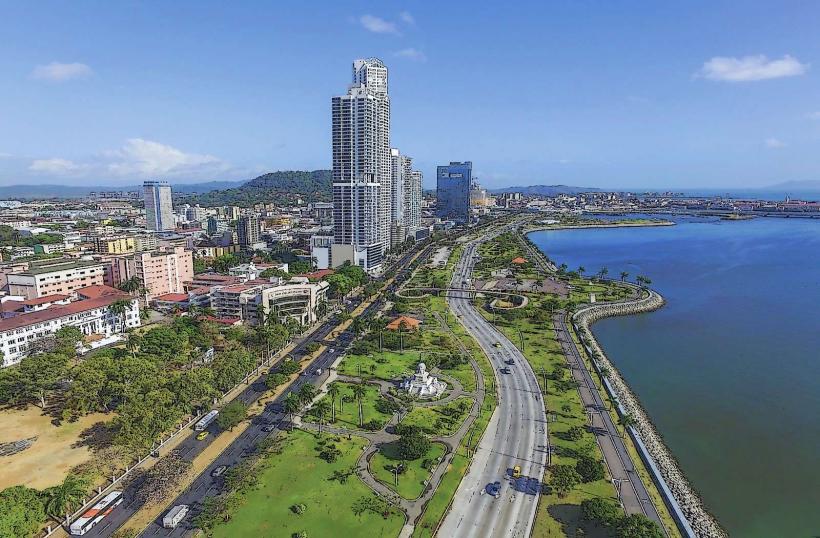Information
City: Panama CityCountry: Panama
Continent: North America
Panama City is the capital and largest city of Panama, located at the Pacific entrance of the Panama Canal. It's a dynamic metropolis known for its modern skyline, historical sites, and vibrant culture. Here’s a detailed overview of the city:
Geography:
Panama City is situated at the Pacific coast of Panama, at the mouth of the Panama Canal. It is located about 80 miles (130 km) from the Colombian border. The city is divided into several districts, including the historic Casco Viejo, the financial district, and residential areas such as El Cangrejo and Punta Pacifica. The city is surrounded by water on one side and lush hills on the other.
History:
Founded on August 15, 1519, by Spanish explorer Pedro Arias de Ávila, Panama City holds the title of the oldest city in the Pacific coast of the Americas. It played a key role in the Spanish colonial trade route between Peru and Spain. The original settlement was destroyed by pirates, and the city was later rebuilt in its current location, Casco Viejo. Over the centuries, Panama City evolved from a Spanish colonial outpost to a bustling modern city.
The construction of the Panama Canal in the early 20th century marked a transformative period for the city, turning it into a global trade and financial hub. The city’s strategic location and modern infrastructure make it a key player in international commerce.
Economy:
Panama City is the economic center of Panama, contributing significantly to the country’s GDP. The city serves as the headquarters for many multinational corporations due to its location along the Panama Canal, which facilitates global trade. It has a well-developed banking and financial sector, offering services such as offshore banking and investment opportunities. Additionally, tourism, construction, and retail are major economic drivers in the city.
Architecture:
Panama City’s skyline is dominated by modern skyscrapers, which house offices, apartments, and luxury hotels. The city also has a mix of colonial-era buildings in the Casco Viejo (Old Town) district, reflecting the country’s rich history. Notable landmarks include the Panama Canal, the modern Tocumen International Airport, and the Amador Causeway. The historic district, with its cobblestone streets, colorful buildings, and plazas, is a UNESCO World Heritage site.
Culture:
Panama City is a melting pot of cultures, reflecting its diverse population, including a mix of indigenous, Afro-Panamanian, Spanish, and immigrant communities. The city is known for its vibrant arts scene, with numerous museums, galleries, theaters, and cultural centers. The city hosts various annual festivals, such as the Panama Jazz Festival, which attracts international musicians, and Carnival, a colorful celebration with parades, music, and dancing.
Transportation:
Panama City boasts a modern transportation network, with the Metro de Panamá, a rapid transit system, providing efficient service to residents and visitors. The city also has a busy bus system, taxis, and ride-sharing services like Uber. The city’s Tocumen International Airport is one of the busiest in Central America, offering international flights to major cities worldwide. The Panama Canal serves as a vital international shipping route, contributing to the city’s global importance.
Attractions:
- Panama Canal – One of the most iconic landmarks, the Panama Canal is a marvel of engineering. Visitors can tour the Miraflores Locks Visitor Center, which offers a view of ships passing through the canal.
- Casco Viejo – The historic center of Panama City, Casco Viejo is known for its colonial architecture, cobblestone streets, and charming plazas. It’s home to museums, cafes, and lively nightlife.
- Amador Causeway – A scenic roadway that connects several small islands to the mainland, offering great views of the city and the canal. It’s popular for walking, biking, and visiting restaurants and shops.
- Biomuseo – A striking museum designed by Frank Gehry, dedicated to the biodiversity of Panama and the ecological importance of the isthmus.
- Cinta Costera – A coastal beltway offering picturesque views of the Pacific Ocean, great for walking, jogging, or cycling.
- Metropolitan Natural Park – A nature reserve located within the city, offering trails, birdwatching, and views of the skyline.
- Panama Viejo – The remains of the original Panama City, which was destroyed by pirates in the 17th century. The site includes ruins, a museum, and a tower with views of the city.
Climate:
Panama City has a tropical climate, with high humidity and temperatures ranging from 75°F (24°C) to 90°F (32°C) throughout the year. The rainy season lasts from May to November, while the dry season runs from December to April. Despite the heat, sea breezes help moderate the climate in coastal areas.
Lifestyle:
Panama City offers a cosmopolitan lifestyle, with a wide range of dining options, shopping centers, and entertainment venues. From high-end restaurants serving international cuisine to local eateries offering traditional dishes like sancocho (chicken stew) and arroz con pollo (rice with chicken), the city caters to diverse tastes. The nightlife in Panama City is vibrant, with bars, clubs, and casinos popular among locals and tourists alike.
Panama City is also a hub for business and finance, attracting professionals and entrepreneurs from around the world. Its favorable tax policies and status as an international banking center contribute to its role as a regional economic leader.
Safety and Quality of Life:
Panama City has a relatively high quality of life compared to other cities in Central America. It’s known for its modern amenities, relatively low crime rates (though, like any major city, safety varies by neighborhood), and access to healthcare and education. The cost of living in Panama City is higher than in rural parts of the country, but it is still considered affordable compared to other major cities in North America and Europe.
Panama City is a fast-growing, modern, and culturally rich city that balances historical charm with contemporary development. Its unique position as a global trade hub and its vibrant lifestyle make it an exciting destination for both tourists and residents.

